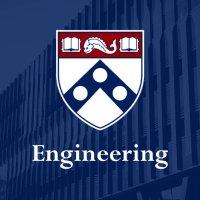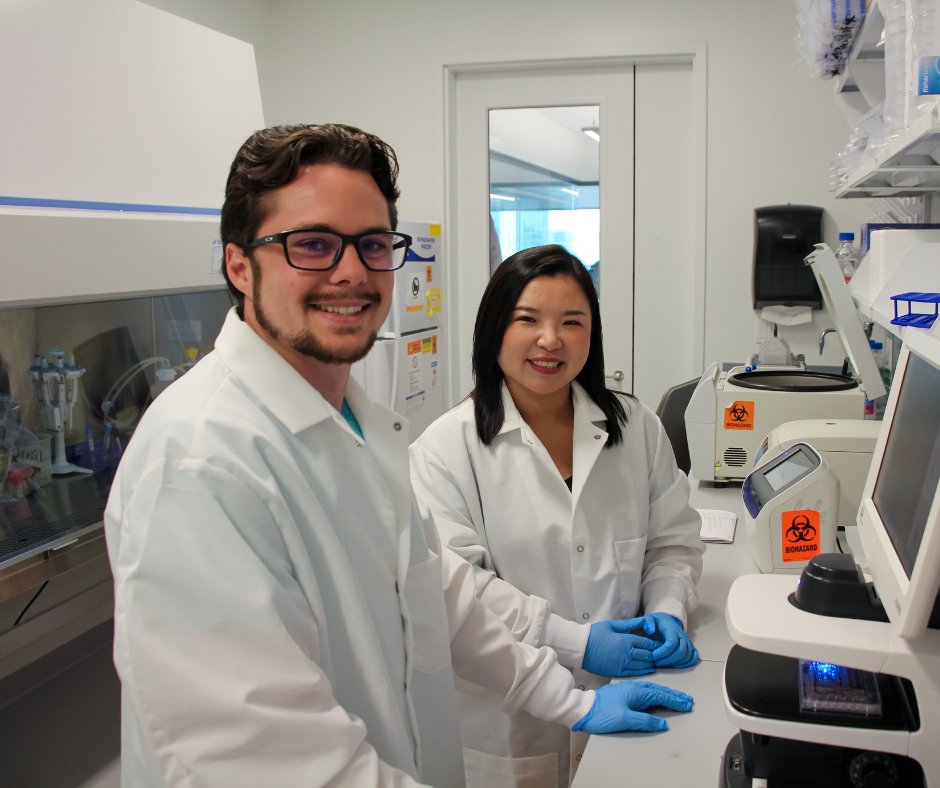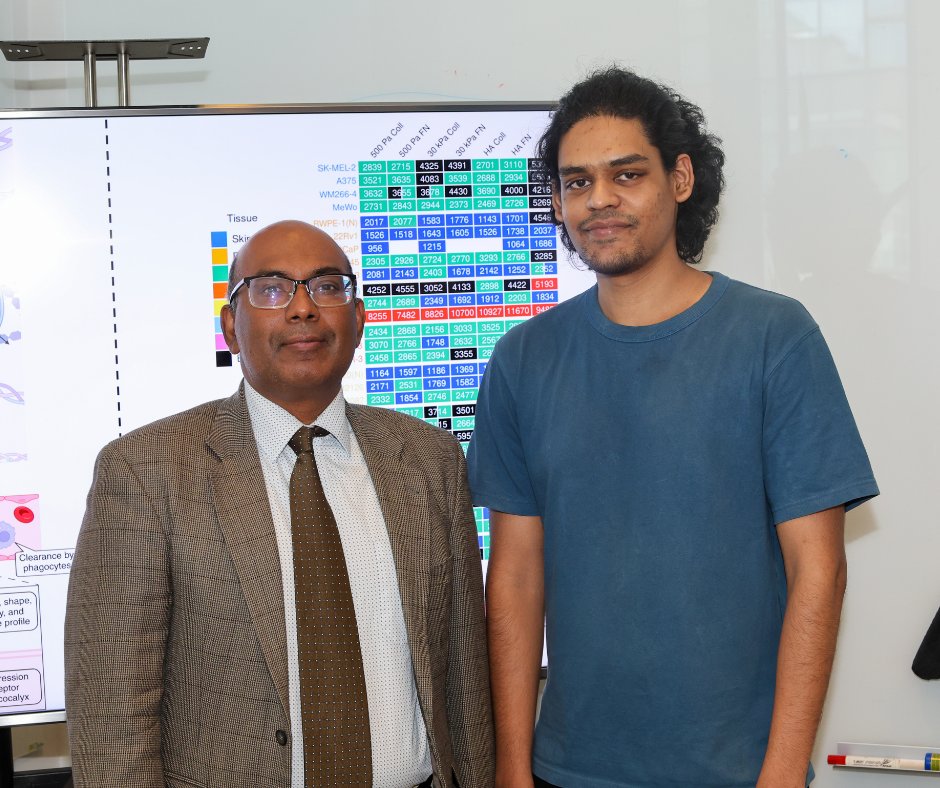
Chemical and Biomolecular Engineering, Penn
@cbe_penn
The Official Twitter Account for the University of Pennsylvania's Department of Chemical and Biomolecular Engineering. #PennEngineeringProud
ID: 1696523513304395776
29-08-2023 14:02:49
81 Tweet
108 Followers
49 Following

Researchers from Chemical and Biomolecular Engineering, Penn and TU München have discovered nanostructured materials that can passively harvest water from the air without energy input. Published in Science Advances, this work could enable water-harvesting systems for arid regions. bit.ly/3ZuQtp6


A fungus once feared as the "pharaoh's curse" has been transformed into a cancer-fighting drug. Led by Xue Sherry Gao and Qiuyue Nie of Chemical and Biomolecular Engineering, Penn, researchers turned the toxic Aspergillus flavus into a potent leukemia therapy. Read more: bit.ly/3HX7nqB


A new breakthrough from the Xue Sherry Gao Lab: Their latest study in Nature Chemical Biology reveals asperigimycins, fungal compounds with potent effects against leukemia cells—rivaling FDA-approved drugs. Nature’s pharmacy just got bigger. blog.seas.upenn.edu/penn-engineers…

14 million people worldwide suffer from hypertrophic cardiomyopathy (HCM), an often undiagnosed genetic heart disease. Now, Xue Sherry Gao (Chemical and Biomolecular Engineering, Penn & Penn Bioengineering) and Zheng Sun (From the Labs at Baylor College of Medicine) are tackling HCM with a $2.5M NIH grant for a genetic cure.


Professor Jennifer Wilcox and colleagues have developed a new framework to guide more effective carbon policy. Be sure to read more about it via Carbon Herald carbonherald.com/new-penn-frame…

A new solar-driven water harvesting device, inspired by raspberries and sunflowers, collects moisture from the air. Developed by Shu Yang (Chemical and Biomolecular Engineering, Penn & Materials Science and Engineering at Penn), the new material is 4.4 times faster than conventional systems, offering a promising solution for water

Prof. Lorena Grundy is helping shape the future of energy education through hands-on, interdisciplinary teaching. Read more via Penn Today: penntoday.upenn.edu/news/how-one-s…

Ancient Microbess🤝Modern Medicine Prof. César de la Fuente uses AI to uncover new antibiotics: a promising step against drug-resistant infections! Be sure to read more via Penn Today: penntoday.upenn.edu/news/penn-de-l… #PennEngineering #PennToday #Antibiotics


Third-year Mechanical Engineering and Applied Mechanics, Penn student Ngaatendwe Manyika spent her summer working with Lorena Grundy (Chemical and Biomolecular Engineering, Penn) to create a new class, the Renewable Technologies Lab, coming to Penn in Fall 2026. This work was funded by the Integrating Sustainability Across Curriculums program, a part


From a Pharaoh's tomb and snake venom come new advances in scientific research and medicine. In a recent The Philadelphia Inquirer article, Penn Engineering's Xue Sherry Gao and César de la Fuente are highlighted for their advancements in drug research and the application of artificial




Like the Nobel-winning 2D material graphene, MXenes could revolutionize electronics and energy. In Science Magazine, Aleksandra Vojvodic of Chemical and Biomolecular Engineering, Penn and Zahra Fakhraai of Penn Chemistry show how adding multiple metals lets scientists tune MXenes’ properties. 📷: From left: Zahra


Congratulations to Xue Sherry Gao, of Chemical and Biomolecular Engineering, Penn and Penn Bioengineering, on receiving the American Institute of Chemical Engineers (AIChE) Food, Pharmaceutical and Bioengineering Division Early Career Award.



PhD student Kshitiz Parihar, under the guidance of Ravi.Radhakrishnan, is exploring how stiffness and extracellular vesicles could shape future cancer treatments. Be sure to read more here: blog.seas.upenn.edu/penn-engineers…


A new review from Penn Engineering explored how tiny messengers released by tumors, called extracellular vesicles (EVs), could be the key to future cancer therapies. In a recent paper in Nature Biomedical Engineering, doctoral student Kshitiz Parihar and Professor Ravi.Radhakrishnan review how these EVs





